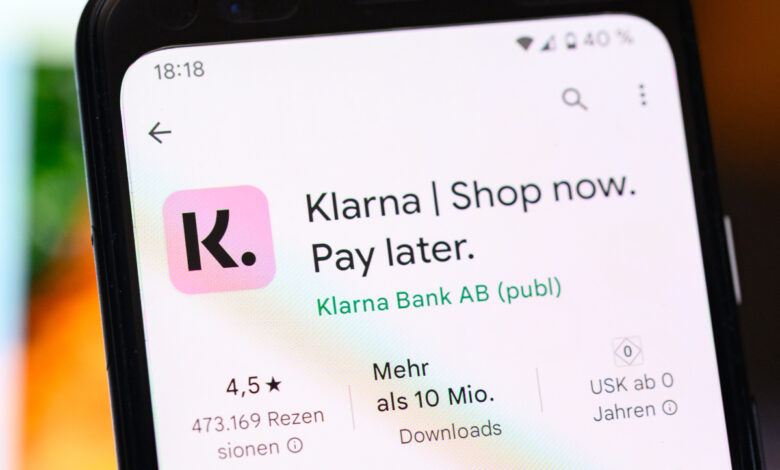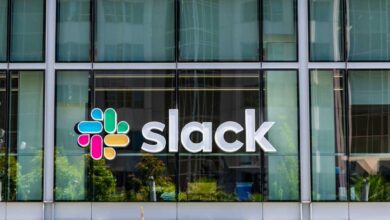Klarna Uses Gen AI to Save Millions on Marketing

Klarna announced Tuesday it expects its use of generative AI for marketing campaigns will save it $10 million on an annual basis.
According to the buy now, pay later (BNPL) platform, it shaved its marketing and sales spend by 11 percent in Q1 2024, with AI responsible for 37 percent of those savings. The company has been using generative AI for copy and image generation, enabling it to pump out more content and a higher number of annual campaigns.
More from Sourcing Journal
Obtaining campaign image assets used to take the company six weeks, but now it takes mere days.
David Sandstrom, chief marketing officer at Klarna, said that allows the Swedish company to create seasonal campaigns for even more minor retail events, rather than only focusing on major ones.
“One of the biggest advantages is what it allows us to do beyond what we could do before. Because we can produce new images in one week instead of six, at a much lower cost, we can update the images in our app and website each week reflecting key retail events such as Valentine’s Day, Mother’s Day, spring refreshes, graduation and summer sales,” he told Sourcing Journal.
Companies that have been using generative AI do have to consider the copyright and legal ramifications for what the technology produces. Sandstrom said the employees inside Klarna’s marketing organization have learned to check images for quality, legal standards, brand consistency and more. So, while creating an image with generative AI could take only seconds, the process of humans confirming their validity takes a bit longer.
To create the images, the company said, it uses a variety of tools, like Dall-E, OpenAI’s image generation tool; Midjourney, Adobe Firefly, Gigapixel and Photoroom. Sandstrom said the company uses each for a different purpose and did not say which tool Klarna relies on most.
Having a mix of tools at their disposal allows employees to work more creatively, Sandstrom said—particularly because of the speed of image development.
“AI-generated images allow employees to conceptualize and visualize ideas without the limitations of traditional photography or design. They can experiment with different styles, elements, and scenarios to create unique visuals that may have been difficult or time-consuming to produce manually,” he said.
Sandstrom added that using generative AI allows employees to make specialized adjustments to campaigns they may be working on without needing to shoot photography or video in a certain location.
“AI can also generate images of various locations, weather conditions or settings without the need to physically be there. For example, employees can create visuals featuring snowy landscapes, specific cities, or exotic locations, all from the comfort of their workspace,” Sandstrom said. “This capability is especially useful for marketing campaigns, presentations and other creative endeavors that require diverse and context-specific imagery.”
Bringing more of its campaign creation in house has meant Klarna has cut its spend on external agencies by 25 percent or about $4 million annually. In late February, the company said its partnership with OpenAI had enabled it to create an agent that has the capability to do the work of 700 full-time agents. It cut its ties with some third-party customer service agents, but at the time said it had not parted ways with any internal employees.
Sandstrom said though the company has decreased its need for outside agencies, that has not, in turn, triggered a need to hire more internal employees.
“We’re seeing across our whole business that things that previously took people a lot of time can be done much faster and much shorter with the help of AI,” he said. “For that reason we have paused actively recruiting. The majority of open roles are engineering, and others may be backfilling.”
The company said earlier this month that 87 percent of its employees leverage AI systems on a daily basis.
Sandstrom did not say whether Klarna has considered eliminating positions from its marketing department as its conviction in AI continues to increase. However, he did note that it has plans to proceed with further AI exploration and invest in the technology throughout different areas of the company.
“We are committed to leveraging AI to drive innovation and efficiency across the organization. The positive impact on marketing is just one example of how AI can transform traditional business processes, allowing for more agility, creativity, and customer-centric strategies,” Sandstrom said. “We will continue to explore and invest in AI technologies to further enhance our operations and deliver exceptional value to our customers and retail partners.”



